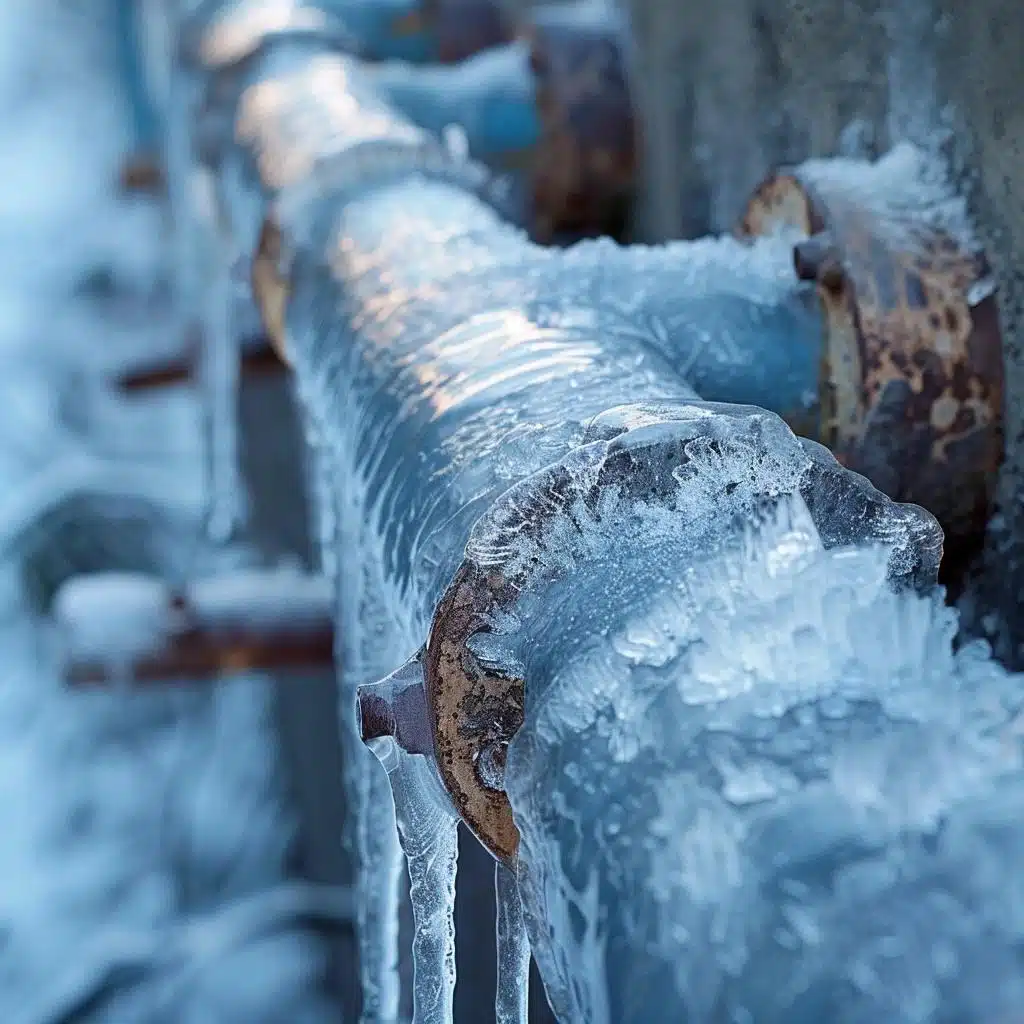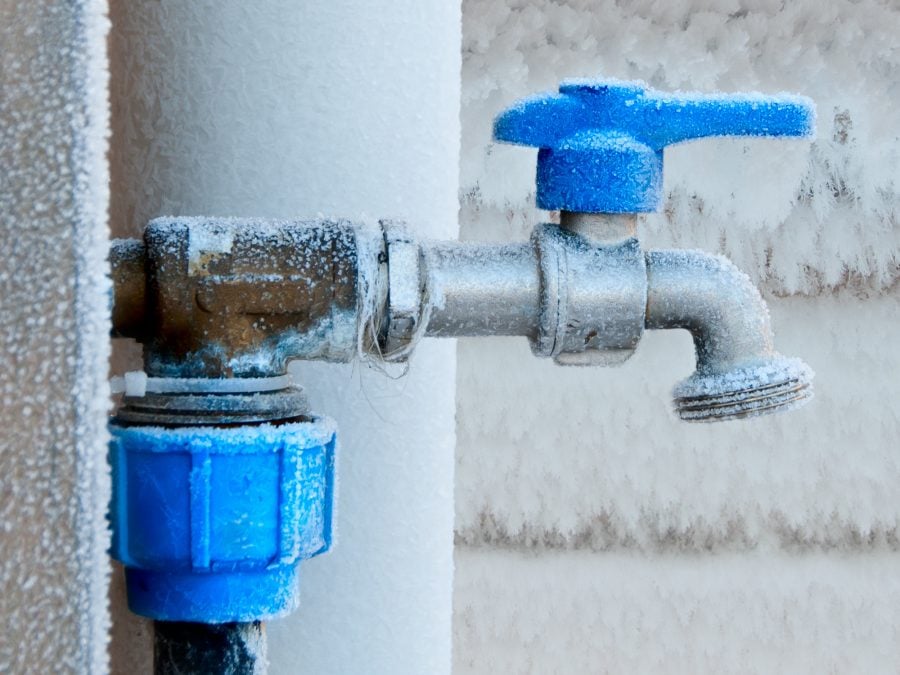Preventing Frozen Plumbing in Cold Weather: Essential Advice
Preventing Frozen Plumbing in Cold Weather: Essential Advice
Blog Article
How do you actually feel in relation to How to Prevent Your Pipes From Freezing?

Winter can damage your plumbing, specifically by freezing pipes. Here's just how to prevent it from happening and what to do if it does.
Introduction
As temperature levels decline, the danger of frozen pipelines increases, potentially leading to costly repair work and water damage. Understanding exactly how to avoid frozen pipes is crucial for house owners in cool climates.
Prevention Tips
Protecting at risk pipes
Wrap pipes in insulation sleeves or utilize warm tape to secure them from freezing temperature levels. Concentrate on pipes in unheated or outside areas of the home.
Heating techniques
Maintain indoor areas effectively heated up, especially locations with pipes. Open closet doors to enable warm air to flow around pipes under sinks.
How to recognize frozen pipelines
Search for lowered water flow from taps, unusual smells or noises from pipelines, and noticeable frost on subjected pipes.
Long-Term Solutions
Structural adjustments
Take into consideration rerouting pipes far from exterior walls or unheated locations. Add added insulation to attic rooms, basements, and crawl spaces.
Updating insulation
Purchase high-quality insulation for pipelines, attics, and wall surfaces. Correct insulation helps keep constant temperatures and reduces the risk of frozen pipes.
Safeguarding Outside Plumbing
Garden hose pipes and outdoor faucets
Disconnect and drain yard pipes prior to winter season. Install frost-proof faucets or cover outside faucets with shielded caps.
Recognizing Icy Pipes
What creates pipes to freeze?
Pipes ice up when subjected to temperatures below 32 ° F (0 ° C) for expanded periods. As water inside the pipelines freezes, it expands, taxing the pipe wall surfaces and potentially triggering them to rupture.
Threats and damages
Icy pipelines can cause supply of water interruptions, home damages, and costly repairs. Burst pipes can flood homes and trigger extensive structural damages.
Indications of Frozen Piping
Identifying icy pipelines early can prevent them from bursting.
What to Do If Your Pipes Freeze
Immediate activities to take
If you believe frozen pipelines, keep faucets open up to eliminate stress as the ice melts. Utilize a hairdryer or towels taken in hot water to thaw pipes slowly.
Final thought
Preventing frozen pipelines calls for positive measures and fast feedbacks. By comprehending the reasons, indications, and preventive measures, home owners can safeguard their pipes throughout cold weather.
5 Ways to Prevent Frozen Pipes
Drain Outdoor Faucets and Disconnect Hoses
First, close the shut-off valve that controls the flow of water in the pipe to your outdoor faucet. Then, head outside to disconnect and drain your hose and open the outdoor faucet to allow the water to completely drain out of the line. Turn off the faucet when done. Finally, head back to the shut-off valve and drain the remaining water inside the pipe into a bucket or container. Additionally, if you have a home irrigation system, you should consider hiring an expert to clear the system of water each year.
Insulate Pipes
One of the best and most cost-effective methods for preventing frozen water pipes is to wrap your pipes with insulation. This is especially important for areas in your home that aren’t exposed to heat, such as an attic. We suggest using foam sleeves, which can typically be found at your local hardware store.
Keep Heat Running at 65
Your pipes are located inside your walls, and the temperature there is much colder than the rest of the house. To prevent your pipes from freezing, The Insurance Information Institute suggests that you keep your home heated to at least 65 degrees, even when traveling. You may want to invest in smart devices that can keep an eye on the temperature in your home while you’re away.
Leave Water Dripping
Moving water — even a small trickle — can prevent ice from forming inside your pipes. When freezing temps are imminent, start a drip of water from all faucets that serve exposed pipes. Leaving a few faucets running will also help relieve pressure inside the pipes and help prevent a rupture if the water inside freezes.
Open Cupboard Doors
Warm your kitchen and bathroom pipes by opening cupboards and vanities. You should also leave your interior doors ajar to help warm air circulate evenly throughout your home.

We hope you enjoyed our topic on Winter Plumbing Precautions: Preventing Frozen Pipes. Many thanks for spending some time to read through our article. In case you enjoyed reading our blog entry plz don't forget to share it. I appreciate reading our article about How to prepare your home plumbing for winter weather.
Click Here Report this page